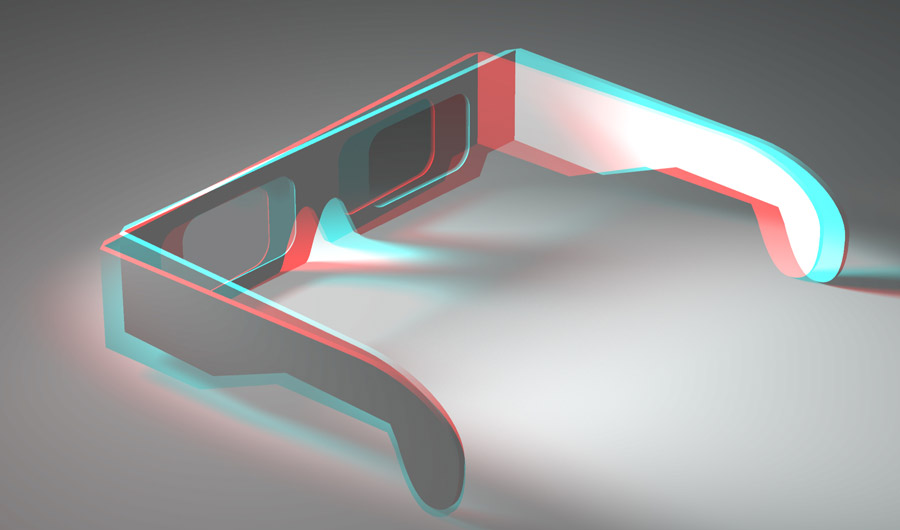Taking 3D Images and Super Slo-Mo Videos in X-ray
(Inside Science) -- Researchers have come up with a new technique to take 3D X-ray images and even slow-motion movies. The new method could help uncover the internal structure of tiny things, such as viruses and proteins, and shed light on processes that occur at super high speeds, such as the deformation of materials during high speed collisions. The results are reported in a recent paper in the journal Optica.
Scientists can produce powerful X-rays with stadium-sized particle accelerators known as synchrotron light sources. The X-rays produced by these machines are no joke -- they can be a hundred billion times brighter than a typical hospital X-ray source. Synchrotrons can produce these powerful pulses a million times a second.
Like a camera that can take a million pictures a second, synchrotrons can capture super slo-mo 2D movies with ease. However, when it comes to 3D movies and images, it’s a bit trickier.
A super slo-mo 3D camera
Since the X-ray beam itself is fixed, researchers usually capture 3D information about their samples by rotating them between measurements.
However, this approach has its limits, according to Francisco Garcia-Moreno, a materials scientist from the Helmholtz Center for Materials and Energy in Germany, who was not involved in the study. He uses X-rays to study the physics of metal foams, a material with applications ranging from exhaust emission control to experimental animal prosthetics.
For Garcia-Moreno’s own studies, he used the rotation technique to study the structure of these foams as they rupture in real time. The foam bursts quickly, so the scientists have to rotate the sample at high speeds. "The problem is that we are reaching the limits, as the applied rotation speeds give actually 40 Gs," or forty times the acceleration force of gravity at the Earth's surface, Garcia-Moreno said. At 40 G, the amount of force acting on the sample is strong enough to have an effect on the very process Garcia-Moreno tries to measure.
The new paper proposes a solution -- by using a specialized crystal to split the incoming X-ray into nine separate beams. The nine beams each hit the sample at a different angle, illuminating it from nine different directions. The nine 2D images can then be recombined to form a single 3D image.
“One of the potential applications we have in mind is to study collisions between satellites and space debris, which happens at kilometers per second speed,” said Pablo Villanueva-Perez, a physicist from the Center for Free-Electron Laser Science in Hamburg, Germany and an author of the paper. Researchers who are trying to make better protective materials for satellites can simulate these collisions in the lab and take super slo-mo movies of the process using the new method.
Without being limited by the rotating speed of the sample mount -- never mind that it is impossible to rotate experiments such as midair collisions -- the new technique can capture 3D videos in X-ray up to a million frames per second, limited only by the pulse rate of the synchrotron itself, with a resolution down to the micron scale.
While it is possible to achieve even higher resolution, cranking up the intensity of the X-rays even more creates a different challenge.
One shot to get it right
When X-rays get powerful enough, they destroy the objects they image. Above a certain intensity, the samples "just explode and become plasma,” said Villanueva-Perez. “You only have one single shot to record all the information.”
To take high-resolution 3D images with such powerful X-rays, scientists traditionally needed to have identical copies of a sample, so they could put them one at a time in the X-ray beam in different orientations. The information from each sample could then be combined to build up a 3D picture, Villanueva-Perez said.
Yet Villanueva-Perez and his colleagues' new split-beam technique could allow researchers to take 3D images in X-ray of one-of-a-kind samples in one shot -- before they are completely destroyed.
The authors successfully tested the slo-mo 3D X-ray video on a moth wing with micron level resolution, and the single shot 3D image approach on a gold nanostructure with nanometer level resolution.


